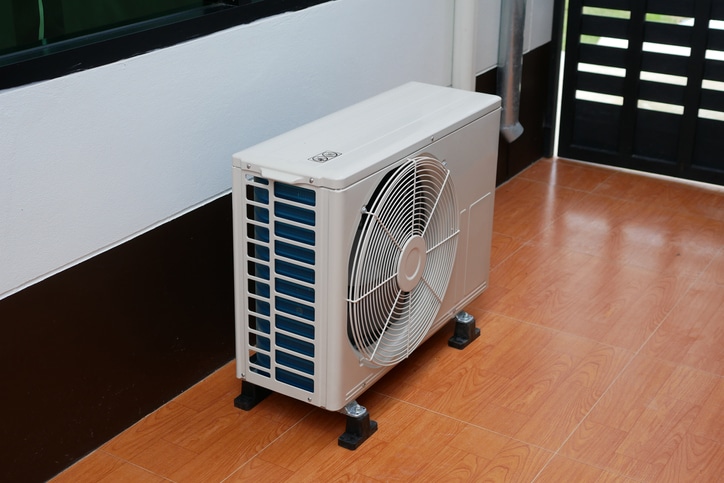
Your AC wattage and the monthly expense to keep your house cool are directly related. Wattage is the standard metric that local utilities use — normally expressed in kilowatts — to calculate all electrical consumption. When it comes to cooling, it means the amount of electricity an air conditioner uses per each hour of operation.
The powerful compressor motor in the outdoor unit of a central-air system often consumes the most wattage of any single electrical device in the home. In addition, most central air conditioners require 220-volt electricity, and the unit typically has its own dedicated circuit breaker in the household electrical panel.
Tons of Cooling
The cooling capacity of a central AC is expressed in tons. A typical central air conditioner in a 2,000-square-foot home usually requires about 3.5 tons of cooling. Central air conditioners usually consume about 1,000 watts of electricity per ton of cooling capacity. Therefore, in this typical example, the home’s AC wattage consumption will be about 3,500 watts per hour.
How AC Wattage Varies
An air conditioner’s hourly wattage is not necessarily a fixed amount, however. For example, the 3,500-watt figure refers to the time the AC compressor is actuated—usually 15- to 20-minute cycles two to three times per hour, depending on the heat load at a particular time. During the balance of the time, when the compressor is off and only the fan is running, the AC consumes only about 750 watts per hour.
How long the compressor runs each hour versus the fan alone depends on other factors, including:
- The efficiency rating of the air conditioner
- The home’s daily hours of direct sun exposure
- The amount of insulation in the house
- The airtightness of the structure
All are variables that may affect the length of AC cycles and hourly wattage consumption.
Ask the professionals at Jackson & Sons about workable ways to keep AC wattage and your monthly cooling expenses as affordable as possible.

